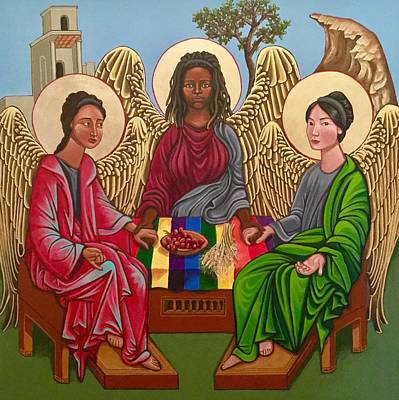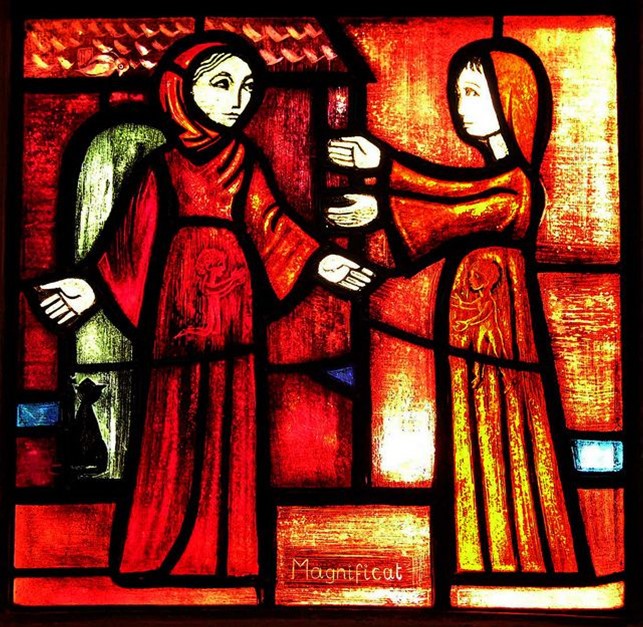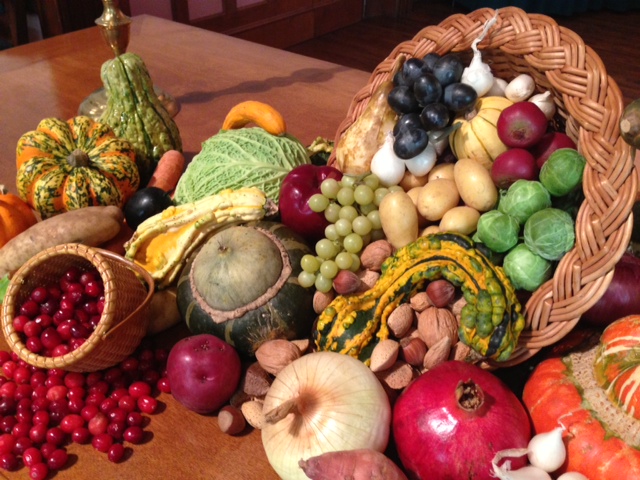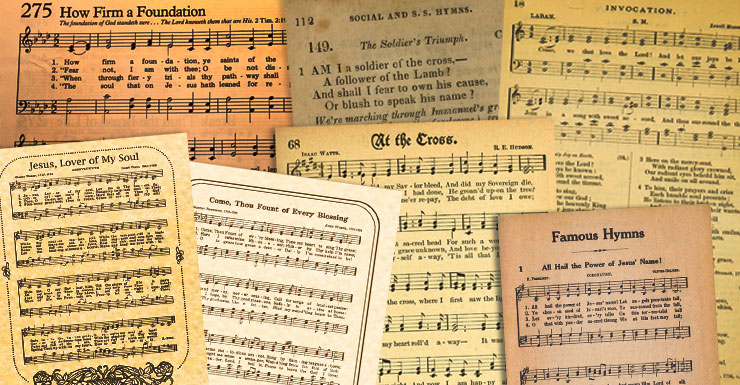
Matthew 17:1-9, 2 Peter 1:16-21
On the feast of Epiphany, we celebrate Jesus, who was born beneath a star and becomes a light for the world. During the weeks following Epiphany we witness Jesus’ holiness shining forth at the time of his baptism, and in his work of preaching and healing. On this last Sunday before the season of Lent begins, Jesus’ brightness is revealed again in a spectacular way.
Just a few days after Jesus has broken the news to his disciples that he will be killed in Jerusalem, and raised on the third day, Jesus goes up a high mountain with Peter, James, and John. There, at the top of the mountain, Jesus is transfigured. His face begins to shine like the sun. His clothes become dazzling white. Moses and Elijah, the two greatest heroes of his faith, begin talking to him like an equal. Then, as if all this wasn’t enough, a bright cloud overshadows everyone, and a voice proclaims, “This is my child, the beloved; with him I am well pleased; listen to him!”
It must have been amazing to see Jesus’ face; to hear the conversation between him and Moses and Elijah; to feel the presence of God. But none of us were there on that day. How can we feel the awe? How can we grasp the mystery? How can the glory of God become real to us?
Only a few folks witnessed the events in the life of Jesus. Thankfully, they shared their experiences generously. As so we can still receive the blessings of these events today, not only in scripture, but also in song. There are Christians in just about every part of the world, speaking many languages, representing many cultures, and singing about the glory of God.
The sharing of Christian songs across culture, geography, and language has dramatically increased in recent decades. As a result, our New Century Hymnal includes songs that did not originate in the European-American cultures that are the largest roots of our denomination, the United Church of Christ.
Our opening hymn today is one example: Siyaham’ ekukhanyen’ kwenkos. This song expresses the longing of the black South African majority for rights and freedoms denied by an oppressive colonial white minority. It is written in the language of the Zulu people, the most widely spoken indigenous language in South Africa. Like so many protest songs, this one empowered those who sang it on their journey towards social change. Some of us know it because it was recorded and published in 1980 by the Church of Sweden Mission, and became popular in North America during the 1990s. In churches and concert venues, this song highlighted the fight against apartheid while introducing rhythms and energy that were unfamiliar in many predominantly European-American cultural institutions.
Our closing hymn, Sois la Semilla, was written by a Spanish theologian, Cesareo Gabarain, in the 1970s. Father Gabarain wrote many hymns while serving as a parish priest and the Spanish chaplain to Pope Paul the 6th. This one was translated into English by the United Methodist Church and arranged by Mexican organist and choral director Skinner Chavez-Melo. Tragically, the nineteenth century missionary movement encouraged Latin American and U.S. Latinx people to forget their language and culture. Including the Spanish language and Latinx song styles in our worship today is a way of honoring the identity of many, both here and far away, who were threatened with cultural erasure by the church.
One more international selection for today is the Taiwanese hymn “God Created Heaven and Earth.” English missionaries Boris and Clare Anderson translated the text into English in 1981. The melody is from the Pi-po tribe, originally from the island of Taiwan. I-to Loh, a professor of church music and hymnologist, harmonized this tune in 1963. Before the groundbreaking work of Professor Loh, the sharing of indigenous Asian hymnody was so focused on western accessibility, that it compromised indigenous musical styles or character. Professor Loh has played a key role in researching, educating, and promoting the sharing of authentically indigenous hymnody. Let’s sing…
Many issues arise as we use hymns that originate beyond North America and Europe. Some of us are uncomfortable singing in an unfamiliar language or musical style. It may be challenging to sing, or feel less “holy” to us than the songs and styles we know by heart. Others among us are excited to have new cultural experiences. Regardless of our personal preferences, questions of justice remain. How can we be confident that we are honoring language, music, and stories that do not belong to us? When might the use of songs from other cultures become appropriative? How can we acknowledge the colonial and missionary history that has shaped this music, especially within congregations and denominations that are predominantly white?
These considerations also apply as we turn our attention to music that arises out of minority cultures in the United States. Wakantanka Taku Nitawa is a song from the Dakota people. It was written in 1842, using an existing Dakota tune. The author is Joseph Renville, son of a French-Canadian trader and a Dakota mother. Renville served as an interpreter between white missionaries and Native Americans, helping to establish the Lac qui Parle mission in Minnesota. This hymn was paraphrased in English by R. Philip Frazier, a Native American and Congregational minister, in 1929. I don’t feel comfortable singing in Dakota without someone to teach us, so let’s sing in English…
Among many hymns of African American origin in our New Century Hymnal is Lift Every Voice and Sing. James Weldon Johnson, the text writer, was a teacher, poet, lawyer, newspaper founder, diplomat, and a leader in the NAACP. He worked together with his brother, John Rosamond Johnson, a musical composer, performer, and director. This hymn was first performed in 1921 for a celebration of Abraham Lincoln’s birthday, and is often referred to as the black national anthem. As with all spirituals and songs from African American traditions, I wonder what it means to sing this as someone who benefits from white supremacy. As we sing together, notice the words “our” and “we” and consider their meanings. Let’s sing…
Writing to the faithful many years after the Transfiguration, the author of the second letter of Peter assures their audience that “no prophecy ever came by human will, but people moved by the Holy Spirit spoke from God.” With humility and gratitude, let us receive the gift of God’s Holy Spirit revealing herself through the holy songs of many peoples. For God’s glory cannot be limited to any one language or culture, rhythm or hymnody; it bursts forth in a magnificent diversity of expression. As witnesses and students of this music, as participants in this music, may we receive a clearer understanding, a brighter glimpse, of the God at the heart of it all. May it be so.



